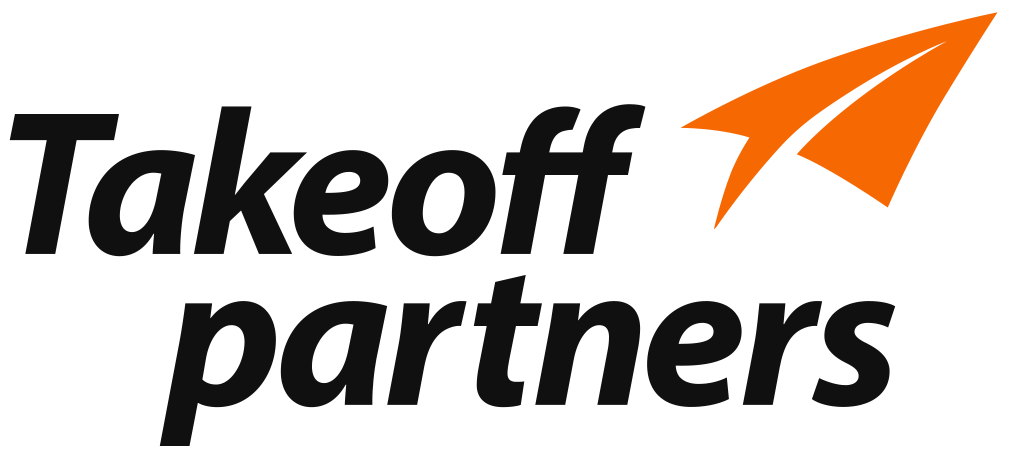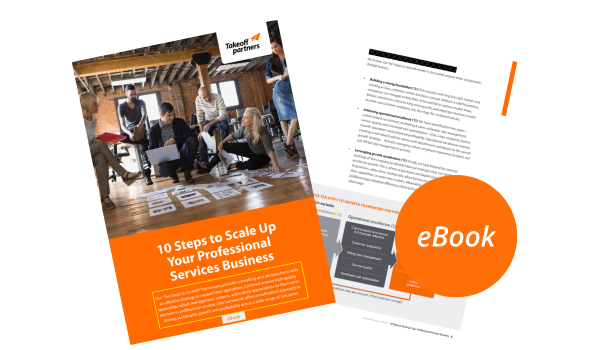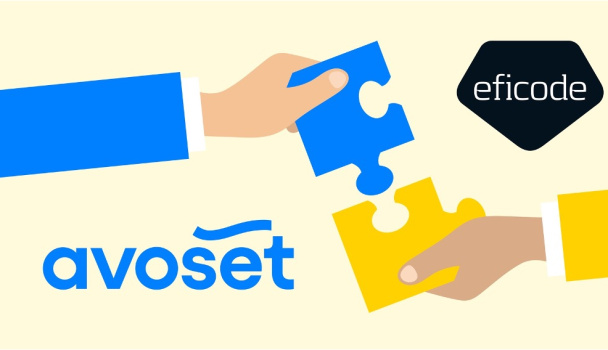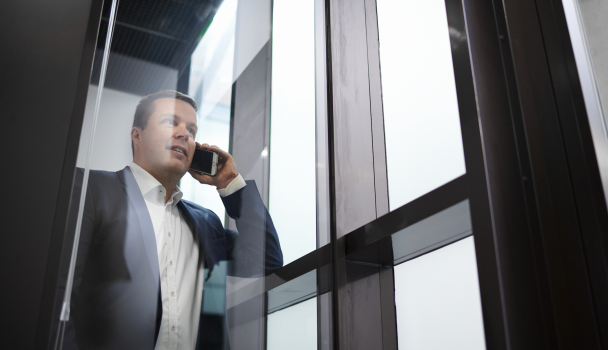Takeoff Academy – Focus on SaaS sales
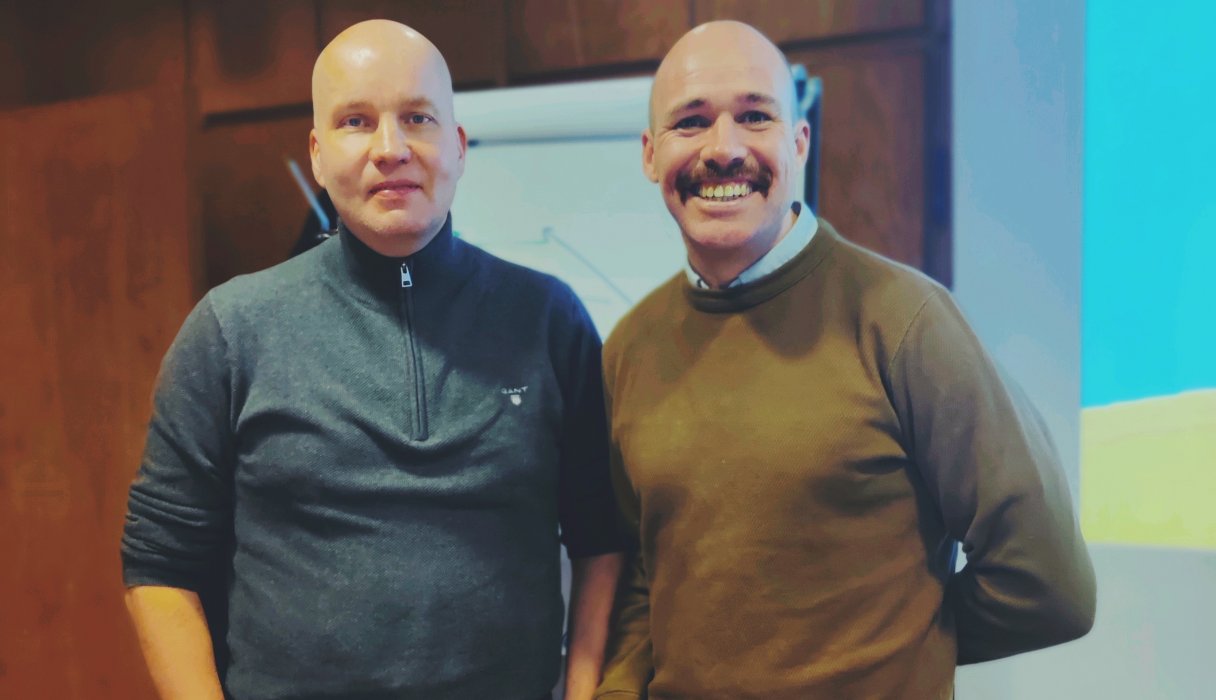
Kim Väisänen (Takeoff Partners) and Andy Farquharson (Winning by Design).
Is reducing SaaS churn rate part of sales? Absolutely. Customer success should be understood as part of sales for B2B SaaS, and the teams organized and measured accordingly. This was one of the key takeaways of Takeoff Academy, which took place on January 14, 2020, in Helsinki.
January 2020
To facilitate a fruitful kick-off for 2020, Takeoff Partners invited their portfolio companies to a Takeoff Academy session focusing on SaaS Sales. This particular workshop was attended by around twenty people across all the portfolio companies – mostly salespeople, CEOs and founders with a curious product owner or two thrown in.
Takeoff Partners’ Markko Vaarnas kicked off the event, giving the floor to the facilitators. The first one was Andy Farquharson from Winning by Design, a sales and customer success consultancy. The second facilitator of the day was Edward Ford from Supermetrics.
Andy Farquharson’s session was highly collaborative and focused on questions a raised by the audience themselves, addressing issues they felt are most relevant to their work right now.
Andy Farquharson summarizes his key takeaways into three main points:
1. Customer success part of the sales funnel in SaaS
This means
that the success of sales should also be measured based on what happens at
onboarding and after, not just what happens prior to the sale.
“Right now, there is no common methodology across the SaaS funnel,” Andy Farquharson says. Winning by Design’s “Sales as a Science” concept broadens the scope of what is seen as part of sales even further than what modern sales methodology does:
From talking only about solutions, salespeople should move towards consultative selling – actively listening to the client and asking them questions. From there, the direction should be towards provocative selling, which is a way of consultative selling that sheds new light to the client’s specific pain points until they feel acute urgency to fix them. But SaaS companies should develop their sales effort even further, towards a Sales as a Science approach where the entire process from lead generation to customer retention is mapped, measured and developed.
Inevitably, developing sales will then be a team effort including not just the sales team but also e.g. marketing and customer success teams.
2. Focus on key moments
“In medical terms, doctors talk about diagnosing
first, then prescribing. Prescription before diagnosis is malpractice.
Salespeople do it all the time,” Andy Farquharson summarizes.
In practice, this usually means that salespeople move onto product features and benefits too early, or spend too much time with them. In the case of SaaS specifically, the product demo is where this often happens.
“Instead of
the product itself, focus on key moments: start talking about stories of other
people’s experiences in using your product. You need to listen to and empathize
with your client to know which story to use and at which part of the process. Identify
those key opportunities where your client talks about a painful experience and
you can convert the moment into something that really brings value to them.”
3. Improve sales with systems thinking
According
to Andy Farquharson, while people-centric sales can give excellent results in a
small company, it is not a scalable approach.
“If you need to double your sales, what should you do?” Andy Farquharson asks by way of an example. Some suggestions from the Takeoff Academy audience include doubling the number of sales representatives and doubling the number of closed deals.
These suggestions, however, continue to be people-centric instead of looking at sales as a system.
“The science-centric approach would be to look into the entire process and see what needs to be improved. Is the sales cycle taking too long? Are you losing too many customers? Find out why that is. Record and measure – and listen to sales calls,” he lists.
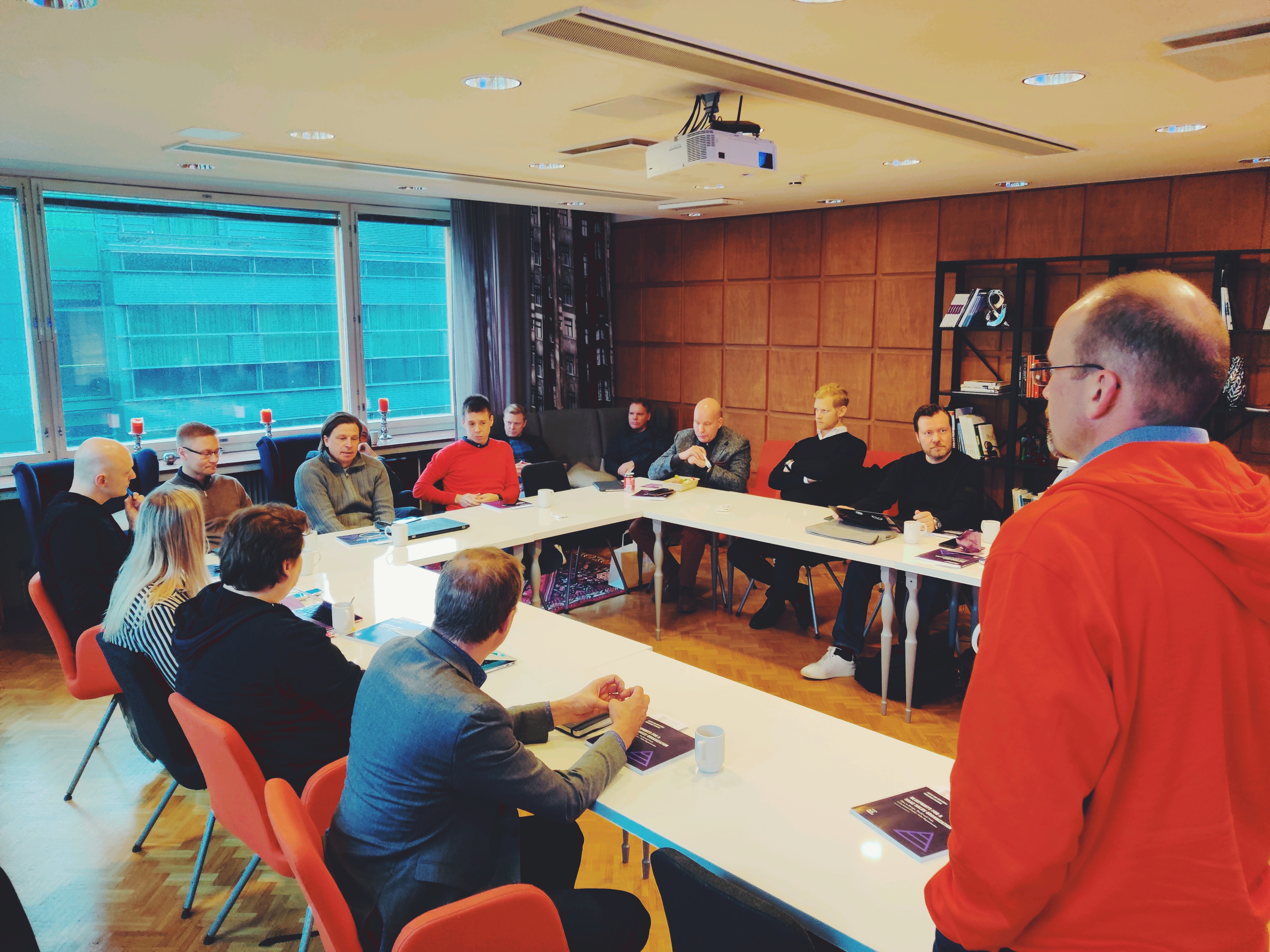
Takeoff Partners' Markko Vaarnas (right) kicking off the workshop.
Best practices for building a self-serve SaaS
funnel
The other speaker of the day was Edward Ford, Marketing Director at Supermetrics. Supermetrics is a reporting automation tool for optimised data analytics and marketing reporting.
To the participants of Takeoff Academy, Edward Ford shared Supermetrics’ journey from a startup to a profitable multi-million scaleup and the lessons learned on the way – especially from the perspective of B2B SaaS sales and marketing.
His key takeaway was to establish an automated and frictionless self-serve marketing and sales pipeline for small customers, in order to allow sales to focus on large and enterprise clients.
As for how to do that:
5
success factors for achieving success with automated SaaS sales
- Solve your go-to-market, inclusive of defining the ideal customer profile for your self-serve business and removing the sales team from this effort entirely.
- Modify your pricing & packaging, create bundles and tiers, make pricing transparent. Make sure, though, that you are not becoming your biggest competitor with a website offering that can compete with the sales team. Make it very clear what is incorporated into your high-end product that is different from the self-serve offering.
- Identify & exploit acquisition channels: When it comes to acquisition, focus on what you are good at, whether it be digital or content marketing, for instance. Encourage referrals, word of mouth, and look for platforms, audiences or marketplaces you can build your acquisition efforts upon. Eliminate all friction points from your self-serve funnel.
- Automate activation & onboarding so that human reps will not need to be involved. Guide people down the buying path relevant to them and try to give your best opportunities to your sales team. Identify the “aha moment” of your product and help people get there as quickly as possible. Also, make it easy to unbuy.
- Create a self-serve squad. There is no one-size-fits-all answer as different channels and tactics work for different industries and products. What is important to all, however, is to identify the specific strengths and competencies within your team and align your acquisition strategy with them and also how your customers buy.
Takeoff Academy is a recurring workshop Takeoff Partners organizes for their portfolio companies, usually once or twice a year. Each time, Takeoff Academy has a different theme, although all are handled from the perspective of a B2B SaaS company. The idea is to allow the portfolio companies benefit from Takeoff Partners’ network of seasoned entrepreneurs and skilled professionals within their respective industries and career paths, as well as to gather the portfolio companies together to share peer insight and discuss.
